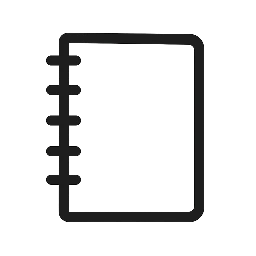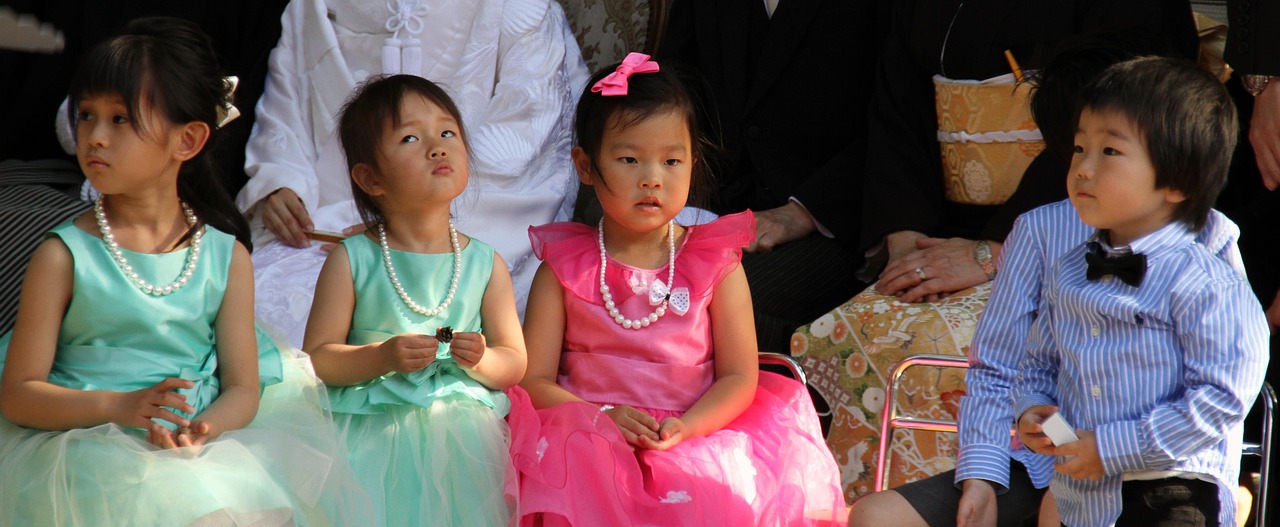Preschool admission involves evaluating a child’s readiness and matching the family’s needs with the school’s offerings. The process typically includes submitting an application, attending an interview or visit, and meeting age or developmental criteria set by the school. Understanding these steps helps parents prepare effectively and increases the chances of acceptance.
Different preschools may have varied requirements and timelines, so gathering information early is crucial. Families should consider factors like curriculum, location, and school philosophy alongside admission procedures to find the best fit for their child’s early education experience.
Preschool Admission Process
The preschool admission process involves submitting necessary documents, meeting specific deadlines, and sometimes attending assessments or interviews. Parents should prepare these elements carefully to ensure their child’s application is complete and timely.
Application Requirements
Preschools typically require a completed application form along with proof of the child’s age, such as a birth certificate or passport. Some schools ask for immunization records to confirm that health standards are met.
Parents may also need to provide proof of residence, recent photographs, and sometimes previous preschool records if applicable. Fee payment or enrollment deposits are often required at this stage to secure a spot.
Clear and accurate information on the application form helps avoid delays or rejections. Schools may specify additional documents based on local regulations or their policies.
Key Admission Dates
Most preschools announce their admission schedules well in advance. Application periods often start several months before the academic year begins, commonly between November and February for fall admissions.
Deadlines for submitting applications vary by school but missing them usually means the child cannot be considered for admission that year. Schools may publish a calendar showing opening dates, deadlines for forms and document submission, and timelines for assessments or interviews.
Parents should note dates for waiting list notifications and final acceptance letters, which often occur in spring. Early application tends to increase chances of admission in competitive programs.
Assessment and Interviews
Some preschools include a simple developmental assessment or screening to understand the child’s social and cognitive skills. This may be done through observation, play, or brief exercises during a scheduled visit.
Interviews typically involve parents and the child and are used to gauge readiness and alignment with the school’s teaching style or environment. Many schools ask about the child’s habits, interests, and any special needs to plan support accordingly.
The assessment process is usually informal but important for placement decisions. Schools provide clear instructions on when and where these take place, often requiring appointments.
Selecting the Right Preschool
Choosing a preschool involves careful consideration of various factors. These include the learning approach, the convenience of location, and the quality of the teaching staff. Each affects a child’s experience and development.
Evaluating Curriculum and Philosophy
A preschool’s curriculum shapes how children learn and develop skills. Parents should look for programs that balance academic readiness with social and emotional growth. Approaches such as Montessori, Reggio Emilia, or play-based learning offer different focuses and methods.
It is important to assess if the curriculum matches the child’s needs and family values. Inquiry about how learning goals are set and measured provides insight into the school’s educational priorities. Schools that encourage creativity, problem-solving, and interaction usually support well-rounded development.
Location and Facilities
Proximity to home or work is a practical consideration to minimize commuting stress. Secure drop-off and pick-up areas add safety and convenience. The preschool should ideally be in a low-traffic, accessible neighborhood.
Facilities impact daily experiences. Classrooms must be safe, clean, and age-appropriate with sufficient space for activities. Outdoor play areas should be stimulating and well-maintained. Availability of specialized rooms, like art or sensory spaces, can enhance learning opportunities.
Teacher Qualifications
Qualified teachers are key to effective preschool education. Staff should have credentials in early childhood education or related fields. Ongoing training is also essential to stay updated on best practices.
Teacher-to-child ratios influence the level of attention each child receives. Lower ratios allow for individualized support. Parents should also consider staff stability and turnover rates, as consistent caregivers foster secure attachments and better learning outcomes.


Leave a Reply